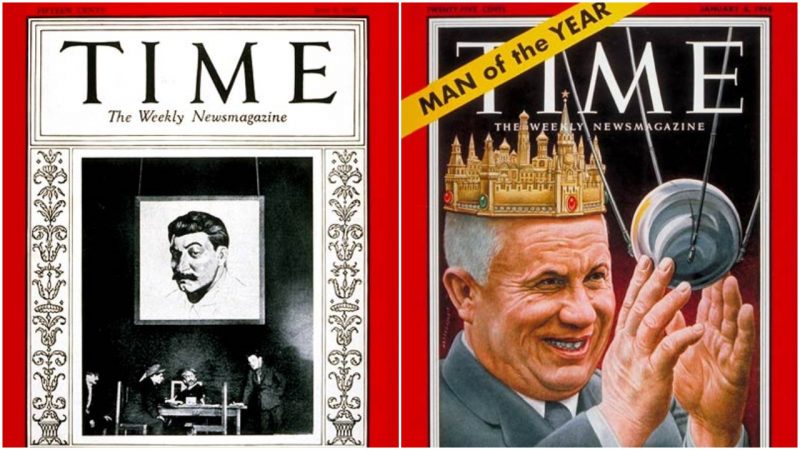It seems that many people are unaware of the criteria TIME uses when nominating individuals for their Person of the Year list. The main criteria are the impact a person had on the news throughout the year, without any reference to popularity or judgement on the impact being positive or negative.
As TIME writes: “Editors are asked to choose the person or thing that had the greatest impact on the news, for good or ill — guidelines that leave them no choice but to select a newsworthy — not necessarily praiseworthy — cover subject.”
There have been many controversial figures featured on this list throughout history, which is worth remembering.
Adolf Hitler
In 1938 Hitler was featured as a person of the year. TIME explained their choice in an article the following year: “Hitler became in 1938 the greatest threatening force that the democratic, freedom-loving world faces today.”
Far from not being aware of the danger of his rise and the cruelty he brought about, the editors featured him on this list exactly for his dangerous power that took hold in Europe.
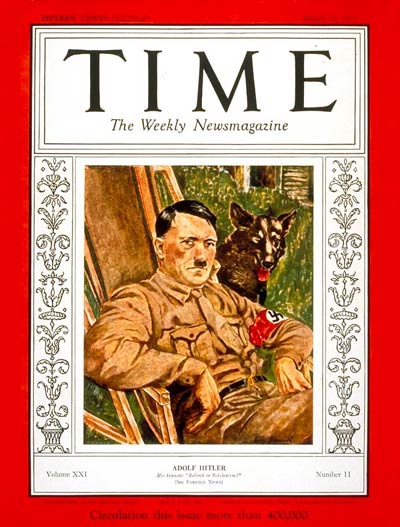
He shocked the world and especially Europe, still traumatized from the previous war, in the late 1930s when his cruelty began. As we all know he only continued to commit atrocities one after the other before his end in 1945.
Joseph Stalin
Stalin was elected a person of the year not once, but twice — first in 1939 and the second time in 1942. In 1940 TIME wrote about him and his rising popularity as a strong leader after Lenin’s death in 1924: “Joseph Stalin has gone a long way toward deifying himself while alive. No flattery is too transparent, no compliment too broad for him. He became the fountain of all Socialist wisdom.”
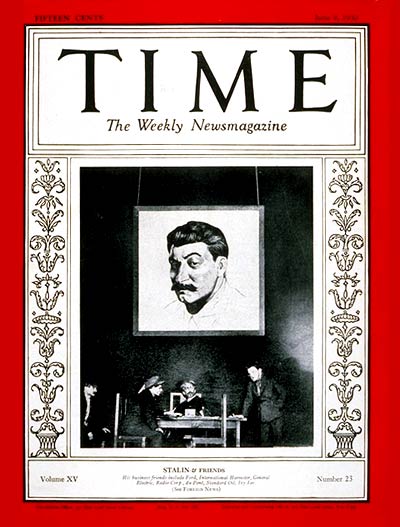
However, his rule proved to be far from flattering. He defied German occupation, and built Soviet industry up to world-competing levels, but likewise was paranoid beyond belief and became one of the cruelest authoritarians of his time.
Nikita Khrushchev
Khrushchev was a trusted inner-circle supporter of Stalin who, nevertheless, was responsible for the “de-Stalinization” of Russia. He led Russia throughout a big portion of the Cold War, when Americans transformed from allies to cold rivals.
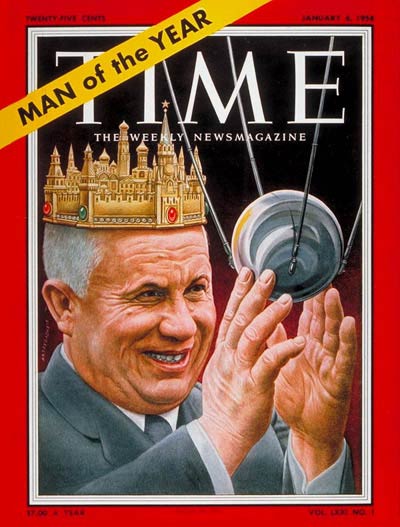
He was in command when the Soviets launched Sputnik in 1957 which marked the beginning of the space race. TIME nominated him person of the year for 1957 and according to the Business Insider they wrote in 1958: “The symbols of 1957 were two pale, clear streaks of light that slashed across the world’s night skies… With the Sputniks, Russia took man into a new era of space, and with its advances in the art of missilery, posed the U.S. with the most dramatic military threat it had ever faced.”
Richard Nixon
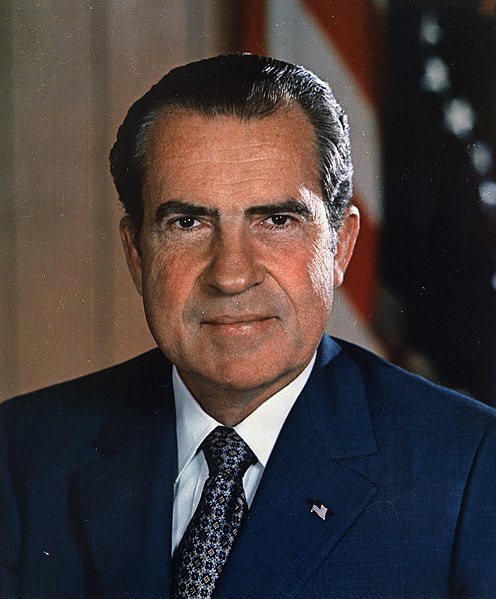
One of the most controversial presidents of the U.S. was also named the person of the year twice, in 1970 and 1971. He inevitably did some good, however it all got forgotten following the Watergate scandal and his ensuing resignation.
He was picked for the title due to his historic visit to China and, after much pressure it must be said, put into place the eventual withdrawal from Vietnam. Be that at it may, even in 1971 TIME described him as “disconcertingly unpredictable.”
Ayatollah Khomeini
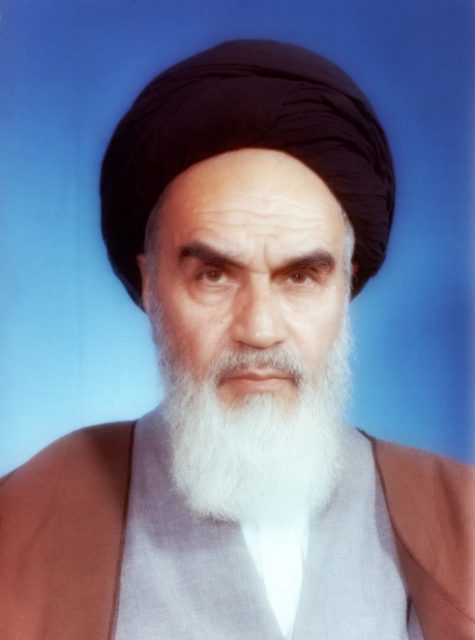
Ayatollah Khomeini, a Shi’ite cleric and one of the central figures of the Islamic Revolution in Iran was featured as person of the year in 1979. He devoted his time to preaching warnings of the dangers of Western influence in Iran and was once exiled from the country in 1964.
Read another story from us: Why ‘A Clockwork Orange’ was Banned…by Stanley Kubrick Himself
However, returning from exile he managed to establish a rule adhering only to Islamic law, which turned the U.S. into the greatest enemy which he called the “Great Satan.” His figure still has influence in Iran even though he died almost 30 years ago. TIME wrote in 1980: “Rarely has so improbable a leader shaken the world.”
